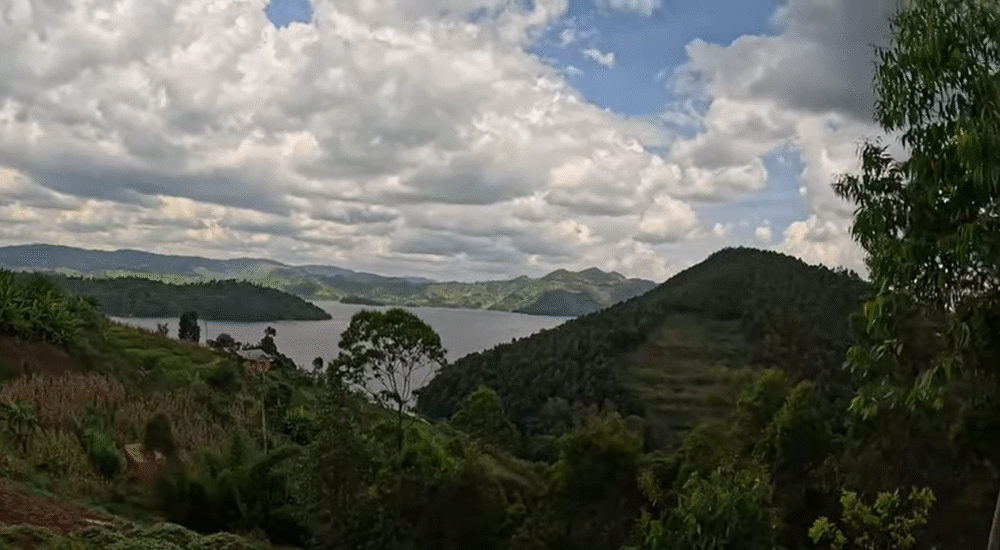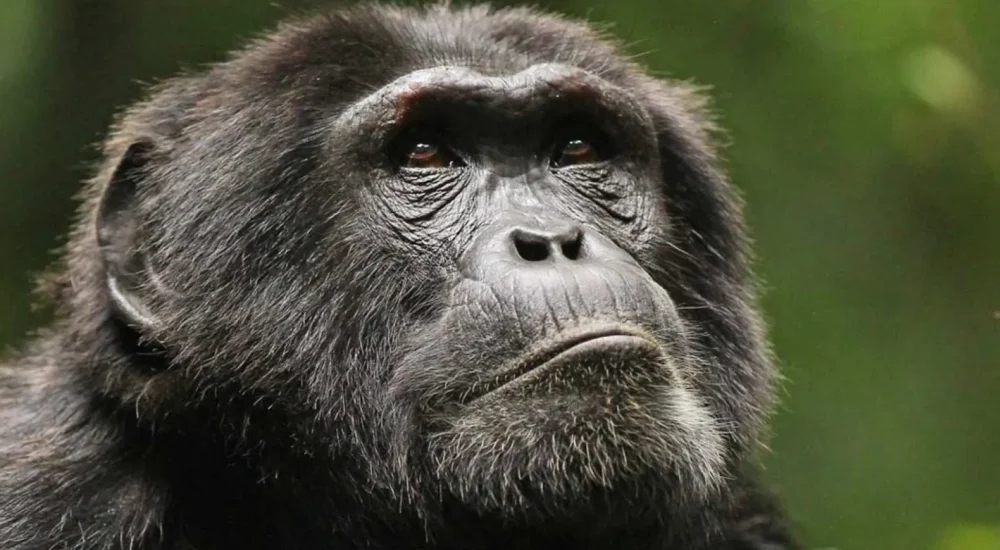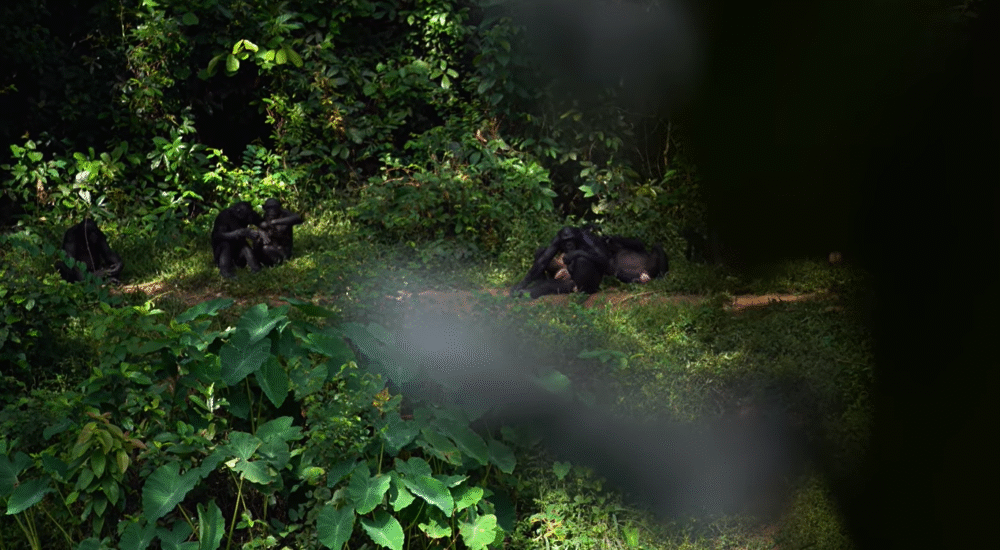Rwanda, known for its stunning landscapes and rich biodiversity, offers many unique travel destinations. One…
Gorilla Trekking Everything You Need to Know for an Exciting Gorilla Trek in Uganda and Rwanda
Everything You Need to Know for an Exciting Gorilla Trek in Uganda and Rwanda
Mountain Gorilla Trekking is a fantastic primate adventure that takes place in the foggy shrouded woods of the Virunga region, which is shared by Uganda, Rwanda, and the Democratic Republic of the Congo. It is perhaps the most defining adrenaline activity of any safari in Uganda or Rwanda. Trekking is a very fascinating phenomenon that blends the beauty of nature with the thrill of pleasure, in effect giving one the best that one deserves. The hiking experience is also associated with the impression of being in a completely new universe, where much pragmatism is concerned with learning about nature happens concurrently as the entire movie sequences of King Kong become clearer in essence and established in reality.![]()
Gorilla trekking takes you into the magical depths of the Virunga woods, which have witnessed both hot and cold weather throughout the years. This untouched woodland perfections beckon and sway each explorer who takes up the duty of walking the forest with a compelling force to respond by either swaying back or calming the mind.
What exactly is a gorilla trekking tour?
Hiking through the wooded mountains in pursuit of the area’s hidden riches (mountain gorillas) is what gorilla trekking entails. With their human-like stances and behavior, these magnificent creatures instill an inherent excitement and satisfaction in every adventurer and tourist. Many people are inspired to keep exploring till they reach a peaceful troupe or group of gorillas by the mesmerizing look of a paradisiacal area with magnificent creatures. Typically, the walk is long and torturous (2 to 6 hours), resulting in many of those who choose to go on it succumbing to “tiredom.”
Throughout the walk, the guide disseminates pertinent information, enhancing various intriguing exchanges and debates among the team members. All of this, in turn, fosters social cohesiveness and works well for people whose hobbies entail meeting new acquaintances. The expedition normally begins with a strategy briefing from the information center. Following that, the trekkers are led into the jungle by guides and rangers to ensure their safety and security. For individuals interested in tracking gorillas, the forest is separated into numerous trailheads.
What are mountain gorillas exactly?
Gorillas are herbivorous apes that live on the ground in the jungles of Central and Sub-Saharan Africa. The genus Gorilla is split into two species, the eastern and western gorillas, while it is speculated that there are four or five subspecies. Gorillas are the biggest primates, and their DNA is 95 to 99% compared to that of humans, depending on what is regarded. After chimps and bonobos, they are the closest cousins to humans. The natural habitats of gorillas include woodland and a broad range of heights.
Mountain gorillas are one of the world’s most endangered species. Diseases, conflicts, and hunters decimated the forest’s inhabitants, who today number an estimated 1063 in the wild, marooned in a handful of enclaves in the Virunga landscape’s wooded highlands. The gorillas live in a windy environment, with mist blanketing the pristine woodland perfections. They are found in a remote area of the planet, in an ethereal setting that must be seen to be believed!! Mountain gorillas can only be found in the Albertine rift, at elevations ranging from 2,200 to 4,300 meters.![]()
Lowland gorillas, on the other hand, dwell in deep woods and lowland wetlands and are phenotypically (physically) distinct from mountain gorillas. You may be wondering why the mountain gorilla is so popular; the mountain gorilla is an animal of unparalleled majesty, and the rest of Uganda’s wildlife attractions, including the less popular sites in Bwindi, will soon be basking in the gorilla’s reflected brilliance. According to scientists, the gorilla is the closest cousin of the human race, with 99% human DNA. However, this alone may not be enough to secure the Gorilla’s current fame.
The true basis of the Gorilla’s appeal is a mix of its proximity to humans, endemicity, and endangered condition, as previously described. In the 1980s, the known number of mountain gorillas (Gorilla beringei beringei) in the Virunga Mountains had shrunk to only 240 individuals due to habitat loss, poaching, disease, and other threats. By late 2018, however, it appeared that more than three decades of “extreme conservation” including the day-to-day safeguarding of gorilla families had had an impact: A census of gorillas in the Virungas in 2016 found an increase to 604 animals.
According to the IUCN, the entire number of mountain gorillas was assessed to be 700 individuals in 2017, making their condition critically endangered. (IUCN) (International Union for the Conservation of Nature) Based on the 2018 census of the Bwindi-Sarambwe population, which spans the border between Uganda and the Democratic Republic of the Congo, there are currently an estimated 1063 mountain gorillas, elevating their classification to endangered.
Mountain gorillas are found in 50 groups or families in Uganda, where there are an estimated 459 of them. Twenty-one of these 50 groups have been acclimated to tourism and are now available for gorilla trekking. These 21 groups can be found in a variety of gorilla trekking regions. Buhoma is home to five habituated gorilla groups: Rushegura, Mubaare, Muyambi, Katwe, and Habiyanja. Ruhija is the most isolated sector of the four, with four groups: Bitukura, Mukiza, Oruzogo, and Kyaguliro. A three-hour trek to the Mubwindi marsh is also available in Ruhija. Rushaga is divided into ten groups: Kahungye, Mishaya, Bweeza, Nshongi (36 individuals, including five silverbacks), Busingye, Kutu, Mucunguzi, Rwigi, and Bikingyi.
Nkulingo, around 10 kilometers from Buhoma, comprises two groups: Nkuringo and Christmas. Hirwa, which means “fortunate one” in Kinyarwanda, moved from Volcanoes National Park to Mgahinga National Park in Uganda last year. Regardless of its name, the organization suffered a significant loss when it was hit by lightning in February 2020, killing four of its twenty members. In the aftermath of the incident, the group returned to Rwanda in May.
Going gorilla hiking in the Virunga can be as humbling as it is exhilarating. Visitors frequently recount how unforgettable the experience of close eye contact with a gorilla is, how they were captivated by the gentility of the adult Gorilla and the cheekiness of the showy young ones, and how they were ‘humbled’ by the way Gorillas create order in their families and care for their offspring, and how, in just a few hours, they became so attached to the forest that they did not want to leave. We have discovered that the prime seasons for gorilla tracking are June-September and December-February when there is substantially less rainfall in the jungle.
However, even if you are ecstatic right now, bear in mind that mountain gorillas cannot be seen without a permission for each visitor, as there are only a few of them left and they are therefore well safeguarded and cared for, lest any act of neglect wipe out even the few remaining ones. The tracking process begins with getting a gorilla tracking permission from the Uganda Wildlife Authority in Kampala or the Rwanda Development Board offices in Kigali or Ruhengeri, all of which are close to the park. Because of the great demand, please sure you book the permits in advance.
Permits are distributed based on the number of available spaces in the Park’s gazetted gorilla groups. Permit prices vary greatly and rise practically every year. If feasible, these permits should be obtained many months in advance to prevent losing out on a chosen date. Permits may be purchased up to two years in advance, although it is strongly advised to schedule at least 2 to 5 months before your gorilla trekking expedition. Permits for gorilla trekking should be issued in your own name, and you should never be allowed to utilize permits that are not issued in your name.
From July 2020, a gorilla permit in Uganda will cost US $700. The fee has been raised from US$600 to US$700 per permit for non-resident foreigners and from US$500 to US$600 for locals. However, it remains at US$ 600 until July. The gorilla trekking permit in Rwanda costs $1500 USD. Because gorillas are closely related to humans and may readily transmit human diseases, the number of visitors to the park on any one day is extremely limited. You do not need to visit the Uganda Wildlife Authority to get a gorilla tracking permit if you are a foreign visitor. Ellington Safaris does all of the arrangements. All you have to do is tell us ahead of time, and after we receive your request and payment, we will place an order for a permit that will be sent to you upon your arrival.
The gorillas are incredibly dynamic creatures who do not stay in one spot for long. They travel about the forest in search of fruits, shoots, roots, and places to rest. The distance of the gorillas from your starting position is likely to determine the length of your walk; tracking the gorillas can take anywhere from a few hours to a whole day, depending on how far the gorilla troop being followed has traveled since it was spotted nesting up the previous evening. It is also dependent on where the gorillas are grazing on that particular day. After you arrive, you will spend an hour with the gorillas. However, due to a few annoyances, your guide may grant you a few extra minutes. Mountain gorillas would rather be alone practicing their natural behaviors like feeding and breeding than be around people for an extended period of time. This is why the time limit is set at one hour.
Gorilla Trekking Precautions and Advice
Individual tracking is not permitted; instead, the park administration appoints guides to each tracking group to assist them in locating gorilla families and to guarantee that all tracking laws and regulations are followed. You should also be aware that the recommended distance between trackers and gorillas is 7 meters, yet gorillas may approach you closer. Even in this instance, there is nothing to be afraid of. Simply follow your guide’s directions, which may include gradually moving down to a squatting position in some circumstances. You are urged to keep your distance and are not permitted to touch them. If you must sneeze or cough, cover your mouth and turn away from the gorillas, as they are susceptible to human colds and coughs.
Although Bwindi’s several trailheads may be reached by automobile, there are no roads within the park, limiting exploration to walking. The ‘impenetrable forest’ of Bwindi is properly titled; trails wind through dense undergrowth and can be steep. As a result, it is recommended that you use the walking sticks provided at the outset of a walk.
The day of gorilla trekking.
The day starts with around an hour of registration and briefing. Trackers are registered at the park’s main entrance between 8 and 9 a.m. A briefing of around thirty minutes follows shortly after. The purpose of the briefing is to tell trackers what to expect during the gorilla trek and to provide them with basic security precautions and gorilla trekking guidelines. After that, you will be allocated to a gorilla troop, meet the ranger guide, and begin your trip into the jungle. You may also hire a porter to carry your equipment and baggage on the walk, which the guides will explain to you. A porter may be hired for roughly $15 per day for the full adventure.![]()
Following the briefing, the journey begins for as many hours as the closeness of gorillas allows. Typically, the forest is damp and muddy, with steep slopes. However, the sounds and sights of many bird and butterfly species provide a variety of shapes and colors that will provide you with a special type of delight! Because the gorillas are scattered across the jungle, the time it takes to locate one group fluctuates and cannot be predicted in advance. Your trip will take around an hour if the gorillas are near enough. The walk can go up to five hours if the gorillas are withdrawn deep in the thick forests. When trackers get at a group of gorillas, they have a maximum of one hour to see them. We don’t want to bother gorillas for too long since they are shy. Successful trackers (those who do not withdraw and give up midway through the climb) are granted a gorilla tracking certificate for successfully breaching the impenetrable jungle at the end of the expedition. Fantastic concept.
What to pack for a gorilla trekking expedition.
The apparel for gorilla trekking in Bwindi Impenetrable National Park, Mgahinga National Park, and Volcanoes National Park is the same, thus the next issue is what to bring for a gorilla trip.
As you will be going through Bwindi Forest, bring suitable hiking boots, long pants, and rain clothing.
Insect repellent is advised.
During the walk, bring at least 1-2 liters of drinking water per person.
Hiking boots, gloves, and a rain jacket are all required.
Extra batteries and a camera
Because the sun might be hot during the day, bring sunscreen and a sun cap.
Waterproof bags to preserve cameras and other trekking equipment in case it rains.
General Gorilla Trekking Tips:
Please keep in mind that gorilla tracking is only available to anyone aged 15 and over.
Book your permits early since only eight permits are provided for each gorilla group per day. Bwindi has 21 habituated gorilla groups.
Because humans share 98% of their DNA with gorillas, you should be free of infectious illnesses like the flu, which can be passed on to the gorillas. If you are proven to be infected with an infectious illness, you will be barred from tracking.
Every participant has the option of hiring a trekking assistant (porter) who will help carry the packs and provide assistance as needed. A cost of US$ 15 is levied for the hiking assistant.
Even individuals who believe themselves to be quite elderly and who do not consider themselves to be hikers or adventurers can effectively see the gorillas. This may be accomplished by employing personal attendants to carry your daypack and aid you in challenging situations.
Avoid using flash photography.
Littering is not permitted in the forest!
When reaching the gorillas, you must keep a distance of 7 meters. In certain cases, the baby gorillas may approach you and touch you out of curiosity. You are not expected to reply, though, because the silverback may respond aggressively in order to defend the young one from you.


